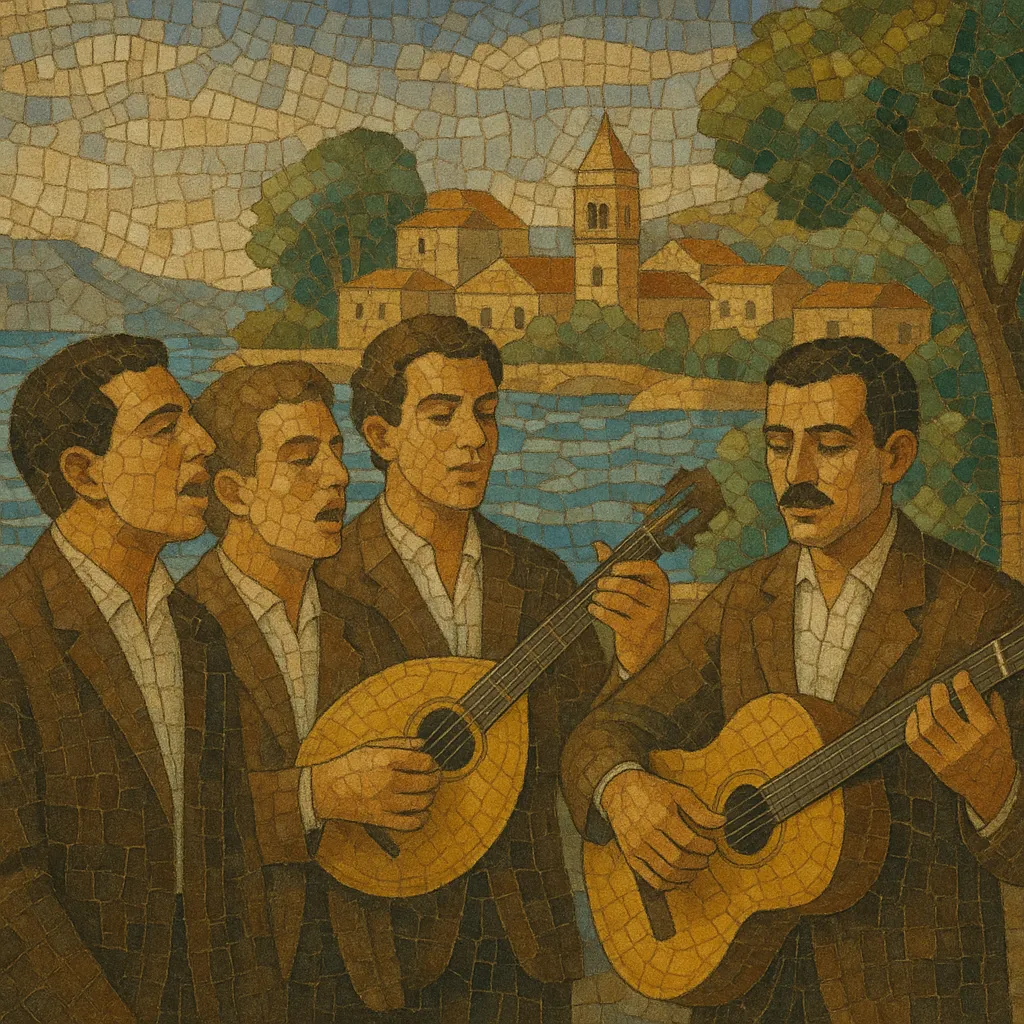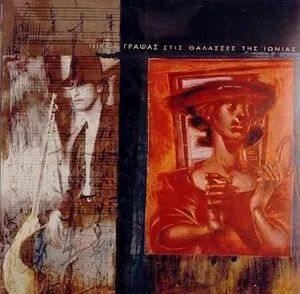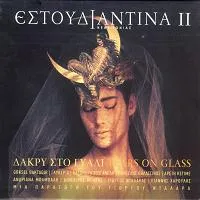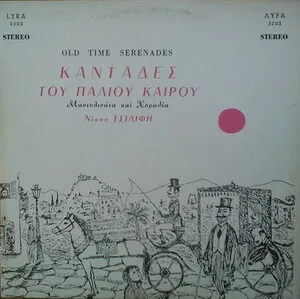Ionian Islands folk music (Eptanesian folk) refers to the serenade- and choir-centered traditions of Corfu, Zakynthos, Kefalonia, Lefkada, Ithaca, Paxoi, and Kythira.
It blends Greek-language verse with Western European (especially Italian/Venetian) harmony, favoring four-part male vocal ensembles accompanied by mandolin and guitar.
The sound is lyrical, courtly, and sea-breezed: strophic love songs (kantádes) in waltz, mazurka, barcarolle, or light polka rhythms; homophonic choral textures with a bel canto vocal approach; and diatonic tonal harmony with cadential flourishes.
Its themes orbit romance, nostalgia, and night-time serenades under balconies—musical images that became emblematic of the Ionian urban culture in the 19th century.
The Ionian Islands were under Venetian and broader Italian influence for centuries, which introduced Western harmony, part-writing, and a taste for street serenades into local life. By the early 19th century, these elements merged with Greek-language poetry and local customs, forming a distinct serenade tradition (kantáda) performed by small choirs with mandolin and guitar.
Throughout the 1800s, the Ionian Islands developed an urban musical culture that paralleled the rise of the Ionian classical "school" (Mantzaros, Xyndas, Carrer, later Samaras). While those figures worked in art music and opera, the folk sphere absorbed their harmonic sensibilities: triadic writing, clear cadences, and lyrical, bel canto-style singing. Kantádes became a social ritual—night-time love songs beneath windows, with refrains inviting communal participation.
With the advent of recording and radio in the early-to-mid 20th century, Ionian serenades circulated beyond the islands, shaping Greek light music and influencing urban songcraft in Athens and elsewhere. Choral societies, mandolinatas, and philharmonic bands supported the repertoire, while local dialect, humor, and satire remained common in verses.
Despite wars, migration, and shifts toward modern popular styles, Ionian folk remains audible in festivals, cultural associations, and community choirs. Contemporary ensembles preserve the serenade ethos—romantic themes, four-part male harmony, and mandolin-guitar textures—while selectively incorporating accordion, violin, and modern arranging techniques.
The genre helped normalize Western harmonic practice in Greek vernacular song and left a lasting imprint on Greek light music, operetta traditions in Athens, and the songcraft of entechno and modern laïko composers who embraced choral refrains, diatonic melodies, and graceful dance meters.






